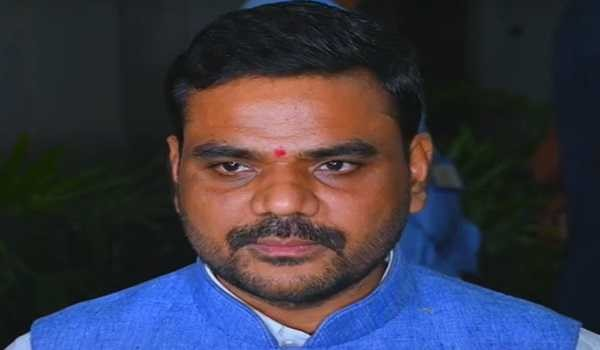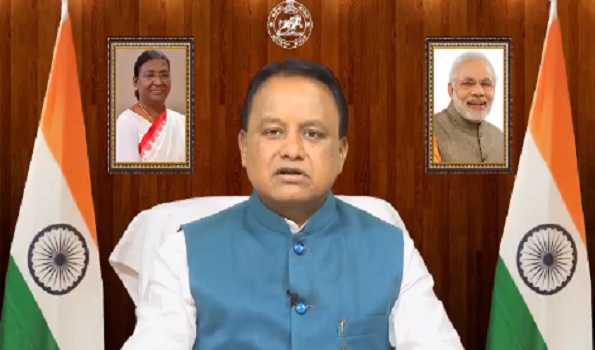Bhubaneswar, July 24 (UNI) In a major step towards sustainable water management, the Odisha Government today announced an ambitious intra-state river linking project at a cost of Rs 1,790 crore.
Aimed at addressing water scarcity, flood management, and agricultural challenges, the initiative is being spearheaded by the Department of Water Resources (DoWR).
The visionary project seeks to optimise water distribution by linking surplus river basins with water-deficit regions.
It will ensure equitable access to water for irrigation, drinking, and industrial purposes.
The project is scheduled for phased completion between 2025–26 and 2029–30.
Designed to balance economic development with environmental conservation, the initiative focuses on leveraging existing infrastructure to minimise displacement and ecological impact.
Six pilot components form the core of this initiative, each tailored to address specific regional water challenges such as Katra Link Project: A feeder channel from the Kansapal Integrated Sub-Scheme (ISS) will be constructed to improve irrigation in drought-prone areas.
Hiradharbati Flood Flow Channel: This will divert excess floodwater to Chilika Lake via Tampara lakes, reducing flood risks downstream.
Bahuda-Rushikulya (Bahana–Keluapalli Tampara) Link: Ensures drinking water security for Berhampur town and the Gopalpur Special Economic Zone.
Vansadhara–Rushikulya Intra-Link: Will route water via Nandini Nalla to regions experiencing acute water shortages.
Ong–Suktel Garland Canal: Aims to rejuvenate 108 tanks and create 10,000 hectares of new irrigated land.
Telengiri–Upper Kolab Pumped Storage Project (PSP): Will aid in irrigation expansion and reservoir enhancement.
This landmark initiative promises substantial benefits across Odisha.
It will mitigate drought impacts in arid regions such as Bolangir and Ganjam, increase irrigated land, and enhance drinking water availability in urban and industrial zones.
The revival of over 150 water bodies will also contribute to long-term ecological sustainability.
Flood mitigation efforts under the project will protect vulnerable communities from seasonal inundation, while stabilised ayacut areas will boost agricultural productivity.
A key highlight of the project is its emphasis on minimal displacement and environmental sustainability.
By utilising existing underground pipelines and river corridors, the state avoids large-scale land acquisition and ecological disruption.
Entirely funded by the state government, the project will be overseen by the chief engineer and a dedicated monitoring team, ensuring efficient execution.
It aligns closely with the Odisha State Water Policy and underscores the government’s commitment to inclusive, sustainable growth.





